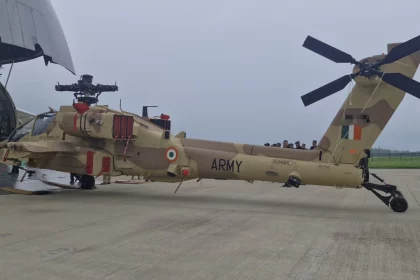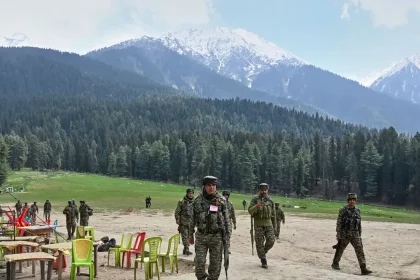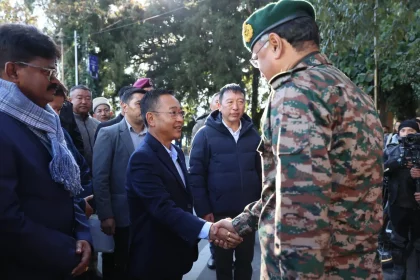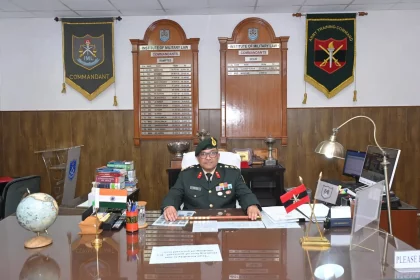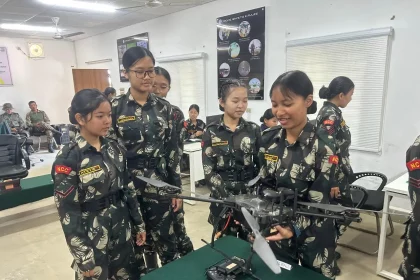Indian Army to Receive Three Apache Attack Helicopters by End of 2025
Deliveries to Plug Operational Gaps as Prachand Inductions from 2028 Promise Major Boost.
Lieutenant Harshit Deo Appointed Aide-de-Camp to Governor of Odisha at Lok Bhawan Ceremony
Indian Navy Officer and NDA Alumnus Assumes Prestigious Ceremonial Role.
NIA Chargesheets Six Accused, Including Pakistan-Based Handler, in Pahalgam Terror Attack Case
LeT and TRF Named as Conspirators; Chargesheet Filed Within Statutory Deadline.
Sikkim CM Opens Cho La and Dok La for Tourists Under Bharat Ranbhoomi Darshan
Move Aims to Boost Border Tourism, Infrastructure and Development in Frontier Villages.
Brigadier K Ajeen Kumar Assumes Charge as Commandant, Institute of Military Law, New Delhi
ARTRAC Extends Congratulations as Senior Officer Takes Over Key Legal Training Institution.
NCC Girls Camp Conducted at CIJWS Vairengte for 20 Mizo NCC Battalion Cadets
Two-Week Training Camp Exposes Cadets to Military Discipline, Fieldcraft and CIJWS Ethos.

